The kingdom of Mitanni, called hurri by the Hittites, hanigalbat or Hani rabbat by the Assyrians, and maryannu, nahrin or Mitanni by the Egyptians, is a powerful country around the 16th century BC. Its territory extends to parts of today's Syria, Iraq and Turkey. Although it was considered as a considerable regional power for a period of time, compared with other ancient countries at that time, people do not know much about it today. This is partly due to the fact that no native data on Mitanni's history has been found**

Now, a team of German and Kurdish archaeologists has discovered a 3400 year old city in the Mitanni Empire, which was once located on the Tigris River. At the beginning of this year, due to the extreme drought in Iraq, the water level dropped rapidly, and the settlement emerged from the waters of Mosul reservoir. This vast city with palaces and several large buildings may be the ancient zakhiku - believed to be an important center of the Mitanni Empire (about 1550-1350 BC).
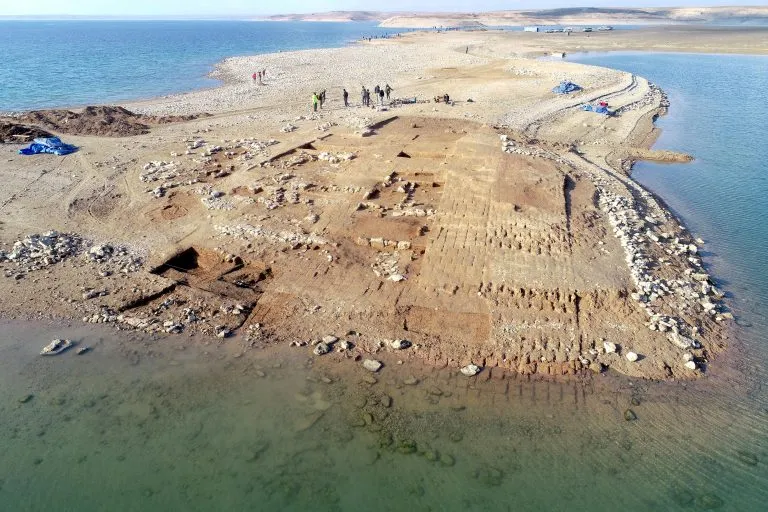
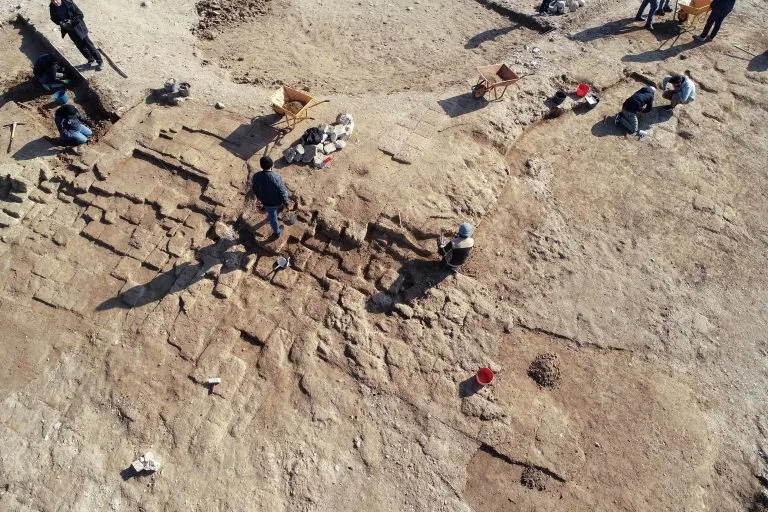
The Bronze Age cities resurfaced due to drought
Iraq is one of the countries most affected by climate change in the world. In particular, the southern part of the country has been suffering from extreme drought for several months. In order to prevent crops from drying up, since December, a large amount of water has been extracted from Mosul reservoir, the most important reservoir in Iraq. This led to the re emergence of a bronze age city, which was submerged decades ago without any archaeological investigation. It is located in kemune, Kurdistan, Iraq.
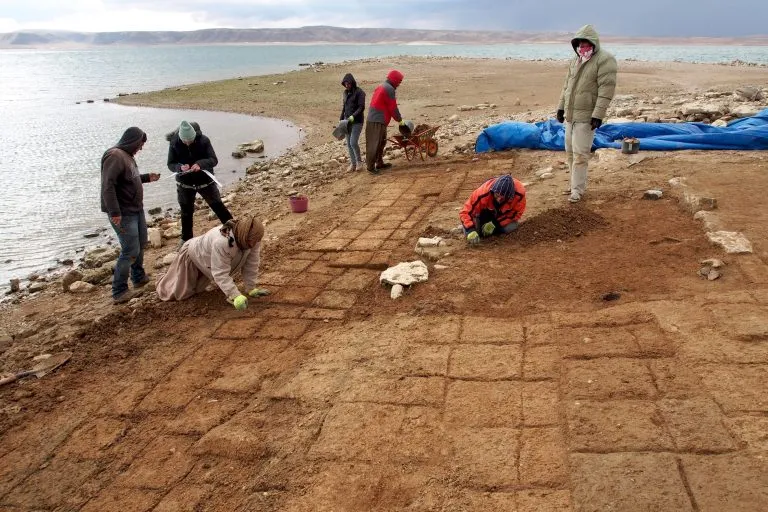
This incident suddenly put archaeologists under pressure to excavate and record at least part of the contents of this large and important city before it was re submerged. Dr. Hasan Ahmed Qasim, chairman of the Kurdish archaeological organization, and Dr. Ivana Puljiz, a German archaeologist and professor of Freiburg University, and Dr. Peter PF ä lzner, a professor of Tubingen University, spontaneously decided to conduct a joint rescue excavation in kemuna. These excavations were carried out in January and February 2022 in cooperation with the Department of cultural relics and Heritage in duhuk (Iraqi Kurdistan Region).
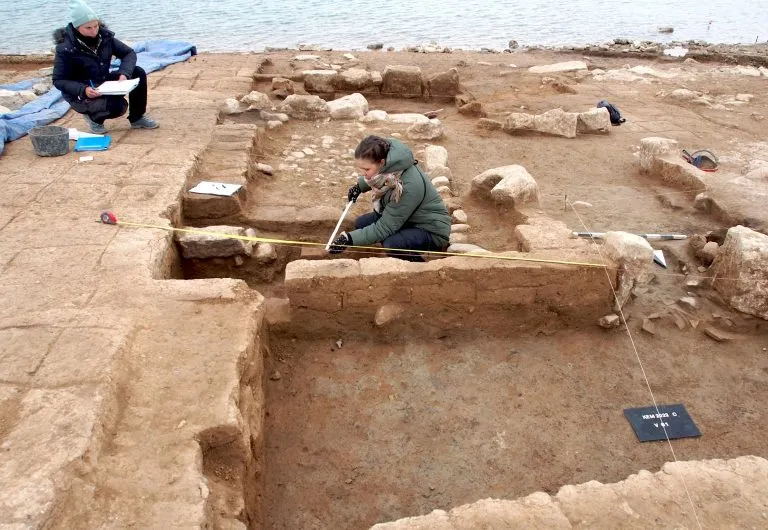
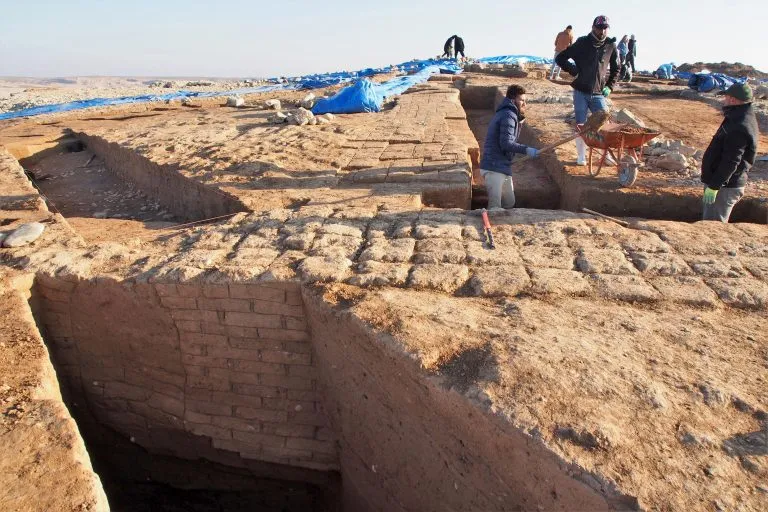
The rescue team was formed in a few days. The funds for this work were obtained from Freiburg University through the fritz Thyssen foundation in a short time. The German Kurdish archaeological team faces great time pressure because it is not clear when the water in the reservoir will rise again.
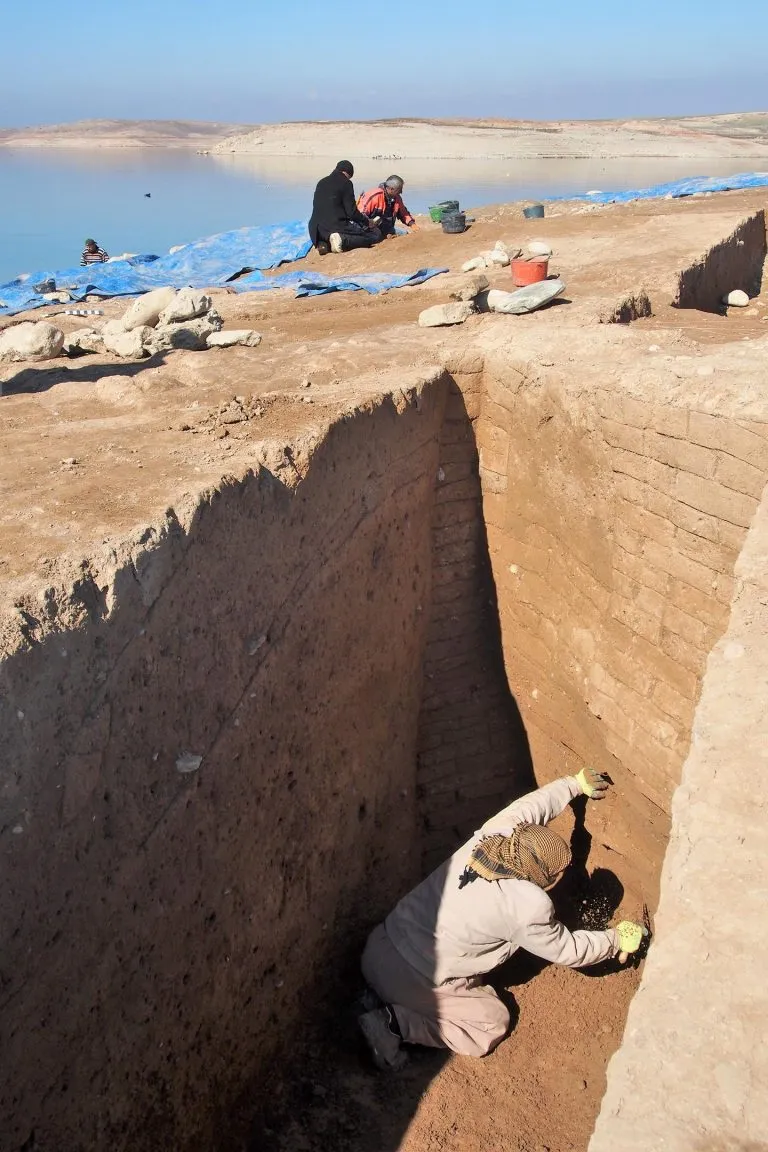
Huge fortifications, multi-storey storage buildings, industrial complexes
In a very short period of time, researchers successfully conducted basic surveying and mapping of the city. In addition to the palace that has been recorded in a short-term event in 2018, several other large-scale buildings have been found - a large-scale fortification with walls and towers, a memorial multi-storey storage building, and an industrial complex. This vast urban complex dates back to the Mitanni Empire (C. 1550-1350 BC), which controlled northern Mesopotamia and most of Syria.
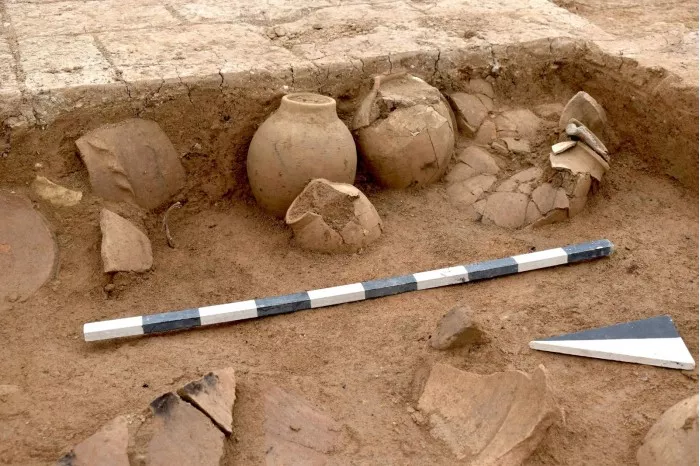
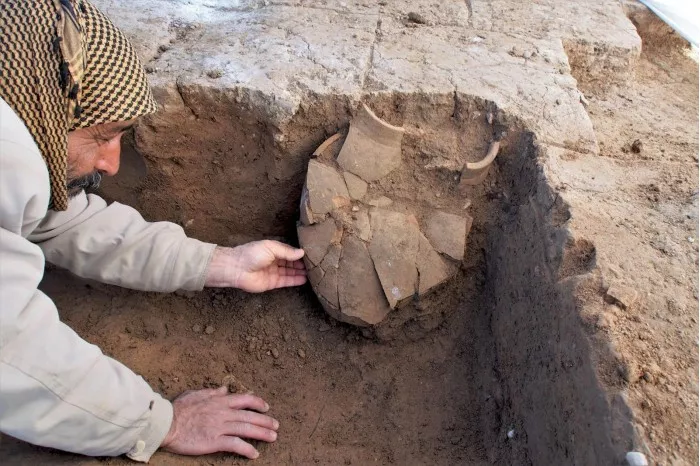
Puljiz said: "the huge warehouse building is particularly important because there must be a lot of goods stored inside, which may be transported from all over the region." Qasim concluded: "the excavation results show that the site is an important center of the Mitanni empire."
The research team was shocked by the good preservation of the walls - sometimes as high as several meters - although the walls were made of sun dried mud bricks and soaked in water for more than 40 years. This good preservation was due to the destruction of the city in an earthquake around 1350 BC, in which the upper part of the city wall collapsed and buried buildings.
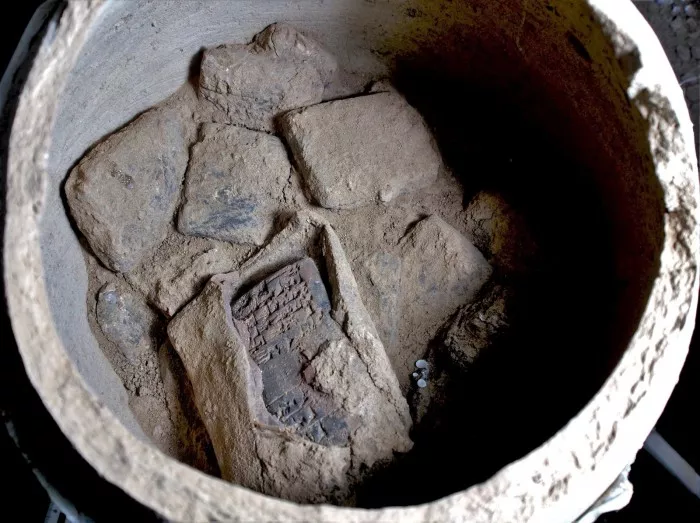
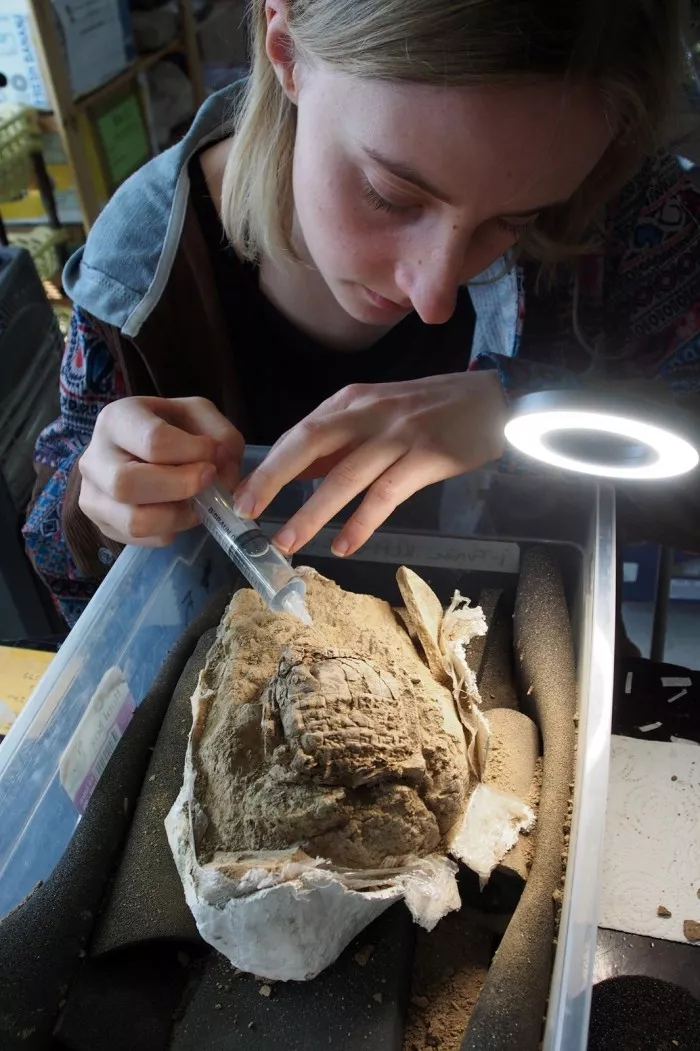
What is particularly interesting is the discovery of five pottery vessels, which contain more than 100 cuneiform files. They can be traced back to the middle Assyrian period, shortly after the earthquake disaster hit the city. Some may be mud tablets of letters, even in their mud seals. The researchers hope that this discovery will provide important information about the end of Mitanni's city and the beginning of Assyrian rule in the region. "It's almost a miracle that cuneiform tablets made of unburned clay have survived underwater for so many years," PF ä lzner said
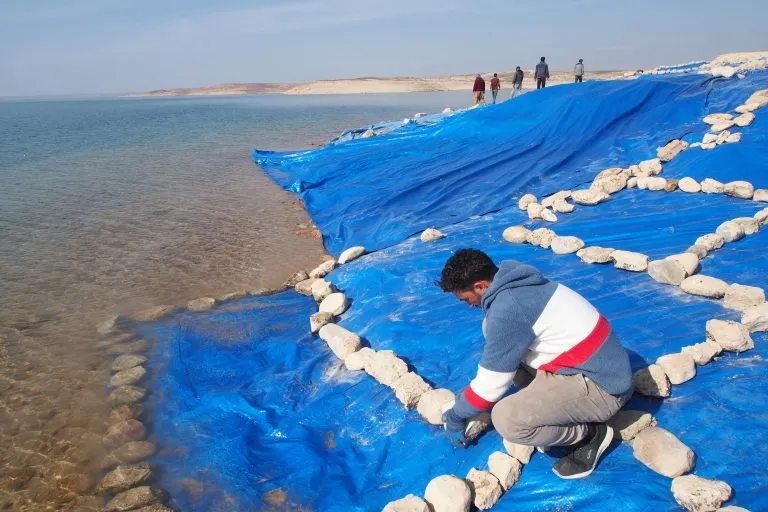
Protection items against flood damage
In order to avoid further damage to this important site caused by the rising water level, as part of the extensive conservation project funded by the Geda Henkel foundation, the excavated buildings were completely covered with clinging plastic cloth and filled with rubble. The aim is to protect the unbaked clay walls and any other discoveries still hidden in the ruins in the event of flooding. The site is now completely submerged again.